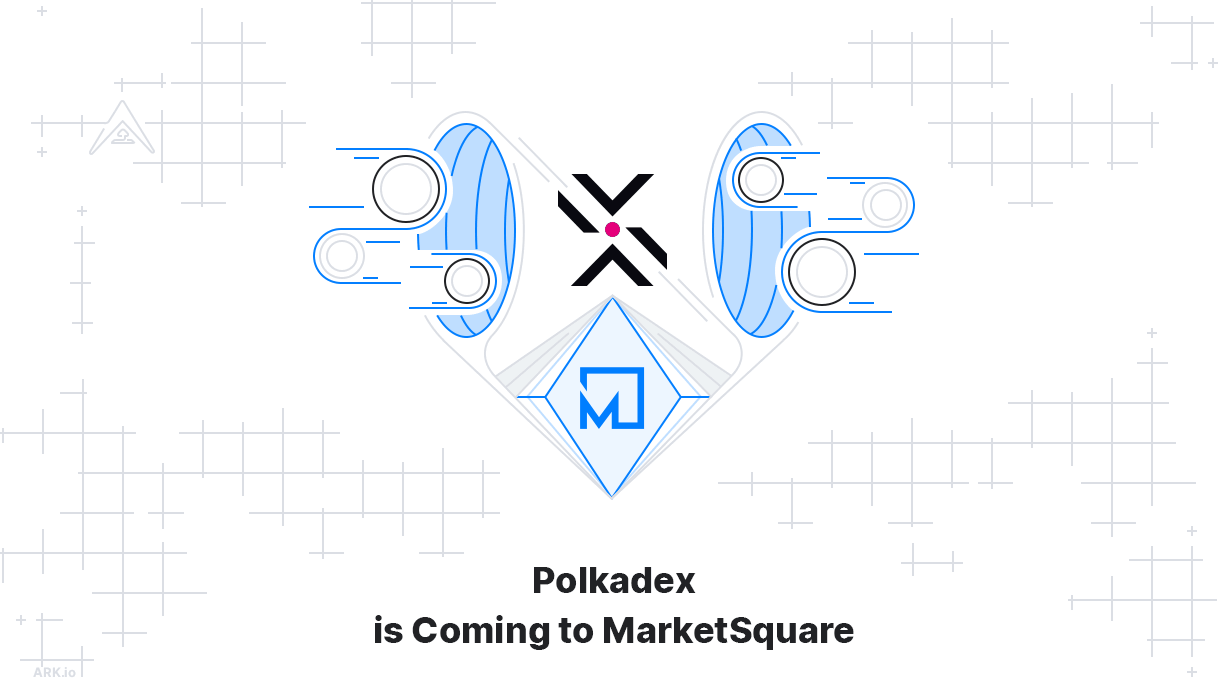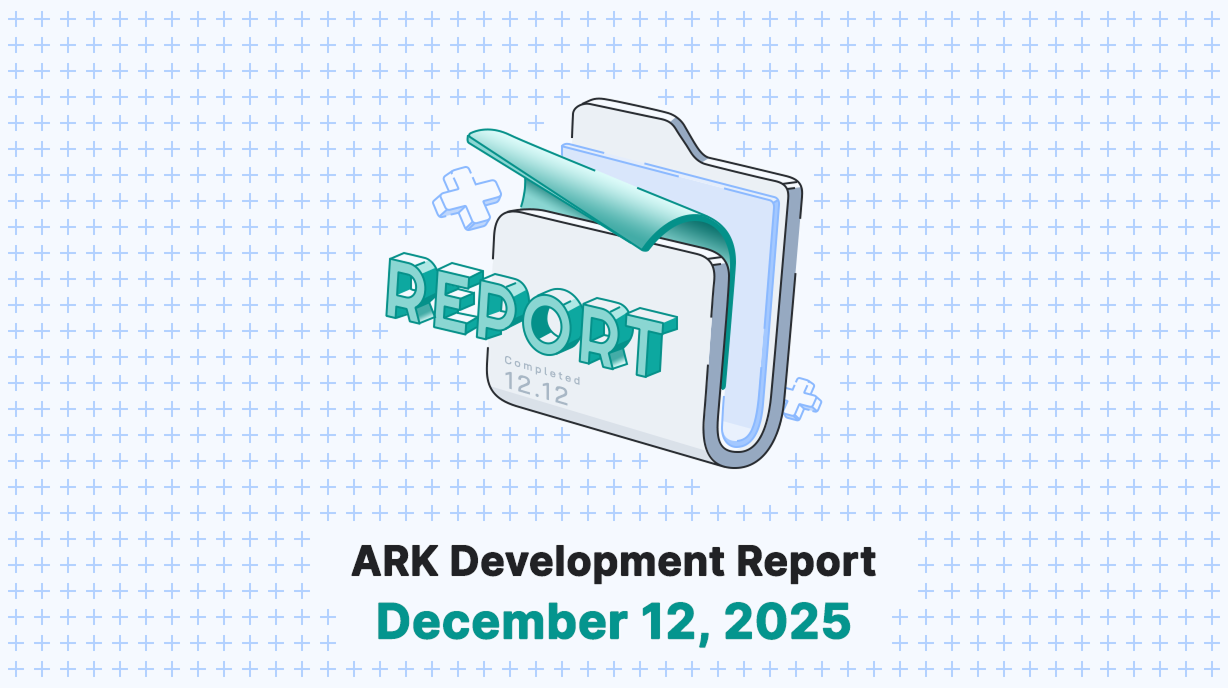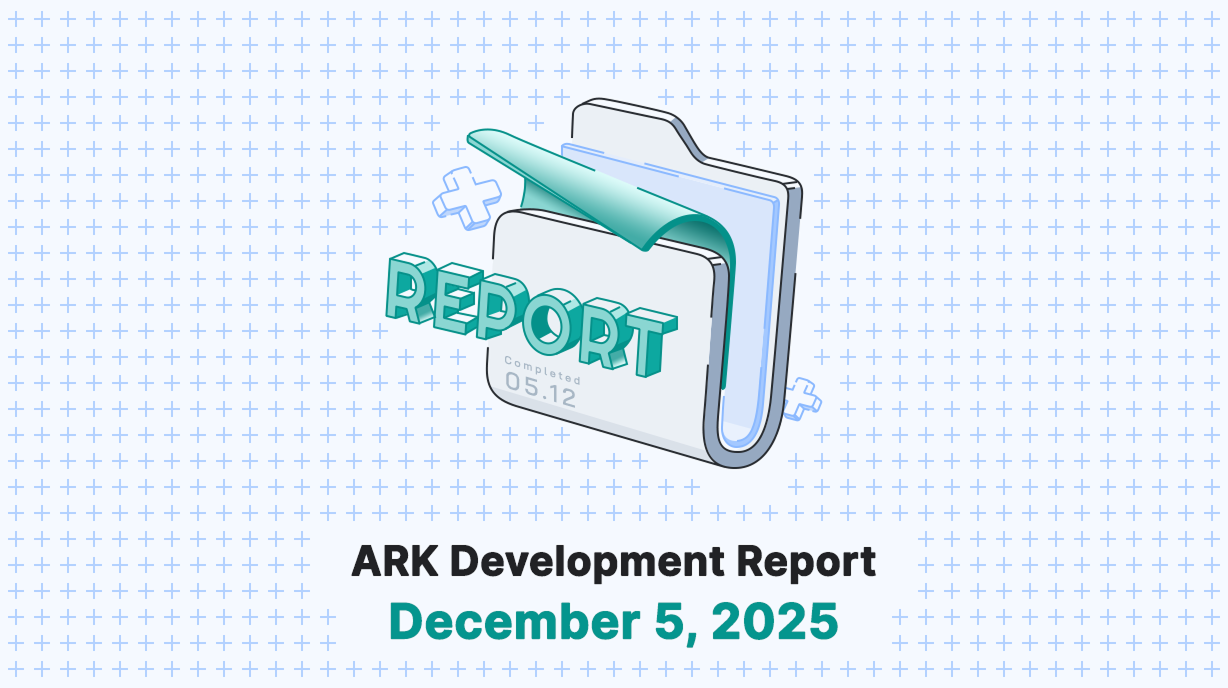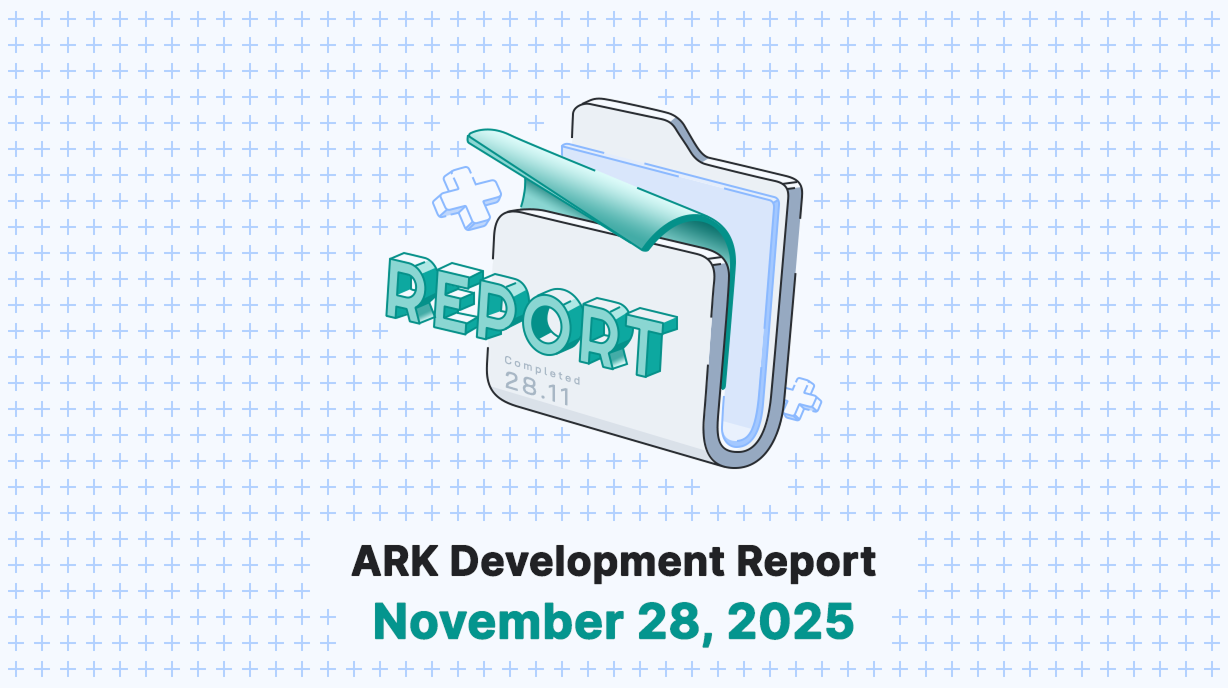As the development of MarketSquare continues to pick up pace, we want to share some of the fantastic projects and services that are joining us with you. If you haven’t signed up for the MarketSquare Beta yet, there is still time. We also recently released an article explaining Hubs on MarketSquare, so be sure to check it out. Today we welcome Polkadex to MarketSquare!
Welcoming Polkadex
Today we are diving into Polkadex ! Polkadex is a fully decentralized peer-to-peer orderbook-based cryptocurrency exchange for the DeFi ecosystem built on Substrate. In order to understand Polkadex’s strengths, we will need to dive into the differences between Centralized and Decentralized Exchanges.
Centralized Exchanges
Trading cryptocurrency can be daunting for anyone, especially if you’re a newcomer. Regardless of your experience or ability, crypto trading should be safe, secure and seamless. Many who are skeptical of crypto tend to have concerns about ease of access as well as security of their personal data and capital.
Just about every crypto trader is well-aware of centralized exchanges that belong to a particular company and require active market-making. These types of exchanges understand that their audience consists largely of newcomers, so user-friendliness is one of the standout features of such platforms. The other advantage of centralized exchanges is that it only takes around 20 milliseconds to process a transaction, meaning latency is extremely low: placing or editing orders within an orderbook is generally quick and painless.
However, there are some downsides to centralized exchanges: first and foremost, unless an exchange is battle-tested in terms of its security, any funds on said exchange may be exploited by hackers. Even if a centralized exchange is reputable, the co-founders of the exchange could potentially run off with all of their investors’ money in tow. As a result, security remains a major concern with centralized exchanges.
The other issue with centralized exchanges is KYC (Know Your Client) procedures. Users of centralized exchanges are generally happy to hand over their personal information so that they can trade, but they don’t know anything further about how that info will be used once it has been submitted. Most of the time, this information is stored in an exchange’s database. The last thing anyone wants is for their sensitive data to be leaked on the internet and abused by third parties and bad actors. This risk is a major drawback of centralized platforms.
Decentralized Exchanges
As an answer to the issues present within centralized exchanges, decentralized exchanges came into being - here market-making is passive and relies entirely on supply and demand or AMM (Automated Market Making). A few well-known examples include Uniswap, Balancer and Sushiswap. AMMs employ automatic and permissionless methods of trading digital assets using liquidity pools instead of buyers and sellers as seen in traditional markets.
Some of the main advantages of decentralized exchanges include 24/7 availability and no human interactions or influence. Here users trust the code rather than the company, meaning that no single actor is actually in control of the system and that anyone can create new solutions and take part. Additionally, since users’ funds remain within their wallets and are not kept on the exchange, security is never compromised at any point in the trading process. Sadly there are issues with decentralized exchanges which include:
Price Slippage - this occurs when a user places a trade that is larger than the liquidity available within the market. This means that trades may not occur at the price a user actually wants, which could be particularly bad on significantly large orders
Arbitraging - if nobody is prepared to act as arbitrageur, an AMM will almost certainly trade at a skewed price since swap price and market price are never actively leveled. At present there is no AMM model that can function without arbitrage
Frontrunning - Since blockchains are transparent, anyone can see other transactions in the queue, and since transactions with higher GAS fees are given priority, experienced traders can see large buy-orders and set high GAS fees to get their orders in beforehand. The result is that a given asset is bought for a higher price than intended, potentially leading to significant losses
High transaction fees - Exchanges on the Ethereum network inevitably have high transaction fees. Users regularly spend over $100 to carry out a swap, so DEXes are becoming less popular for smaller traders
The Best of Both Worlds: Polkadex
What if a DEX had all the benefits of centralized exchanges as well as decentralized ones? Sounds impossible? It really isn’t: Polkadex has managed to accomplish this using cutting-edge technology and sound, robust architecture. Polkadex is for all traders, and no compromises have to be made by anyone who decides to participate.
Polkadex is a fully decentralized platform for exchanging cryptoassets in a peer-to-peer trustless environment, but it also provides high liquidity, rapid transactions and advanced trading features such as high-frequency trading and trading bots. The main aim of Polkadex is to provide people all over the world with true financial freedom. A huge amount of time and energy has been devoted to ensuring that user experience is as easy and stress-free as possible.
By keeping UX sharply in its crosshairs, Polkadex is lowering barriers to entry and creating interoperable bridges to various sources of liquidity including support for fiat. Polkadex has ambitions to be the industry name in purchasing, storing and trading cryptoassets.
Why Polkadot?
Polkadot was chosen because it allowed Polkadex’s developers to create a highly scalable and fully decentralized platform for trustless, peer-to-peer token exchange.
Polkadex needed to provide high-frequency trading, high liquidity and lightning-fast transaction speeds to support DeFi applications. It was also important to have a simple interface so that people could access DeFi regardless of their level of technical knowledge. Trying to find all of these requirements on a single network was particularly tricky: Cardano, Ethereum, TomoChain and NEO have significant scalability challenges, and interface development was not up to par for what Polkadex required.
Having explored several options, it was decided that Polkadot had all the right ingredients for Polkadex: Parallelized transaction processing, a high level of interoperability and Polkadot’s Substrate for painless and uninterrupted development made Polkadot the obvious choice for Polkadex’s developers. The Substrate framework allows for the network to be optimized and effectively achieves a level of performance that is unmatched by competitors.
Polkadex also makes full use of the power of the Polkadot ecosystem through parachains. This brings more liquidity and security to the platform since traders can bring liquidity in without having to entrust their assets to centralized services. Assets can be locked in Ethereum using Smart Contracts and the liquidity brought to Polkadex without the need for any third-party involvement.
What’s Next for Polkadex?
In an effort to provide end-users with the best possible experience, Polkadex has been hard at work on their Testnet and have already released two versions to date. Testnets are used for experimental work on a given blockchain product that developers are working on. The Testnet phase is integral in development since any bugs can be fixed and network failures circumvented. Testnets allow for risks to be taken and various features developed so that they can provide value to users in the future.
Testnet V1.0 was released in Q4 of 2020. Its main aim was to test the Substrate codebase for on-chain execution of simulated trades from one of the biggest centralized exchanges in the world. As the first orderbook was built on Substrate, the primary goal was to optimize the trading engine and logic.
Testnet V2.0 was launched in February 2021. Traders were able to place simulation trades using test tokens. The speed of transactions on this version of the Testnet was 300 per second. This was the first time Polkadex’s interface was opened for external interaction and offered simulated trades from a high-traffic centralized exchange. This allowed developers to benchmark the performance of the on-chain orderbook and understand the challenges related to having an orderbook that is completely on the blockchain.
Testnet V3.0 is the final version of the Polkadex Testnet - while working on V2.0, a breakthrough was made that allowed the Polkadex Orderbook to reach an incredible 500,000 transactions per second. By implementing an orderbook on a TEE enclave, high throughput and low latency was effectively achieved. Orders now go straight to the hardware rather than being broadcast to the network, meaning that traders get near-native performance on their requests. Since Polkadex will be available on a range of different devices, this particular aspect is of utmost importance to ensure that the high-quality trading experience of Polkadex is a universal one.
Testnet V3.0 is scheduled for release in June of 2021. The following features will be showcased:
- High-frequency trading on orderbook and demonstration of order engine with simple limit orders
- Cross-chain bridges from Ethereum’s Kovan Testnet via Chainbridge
- A fully on-chain IDO platform with rudimentary functionalities
The exact date of the Testnet launch will be announced two weeks before V3.0 comes online. The quality and functionality of the Testnet are of paramount importance, so this is why (at time of writing) no official date has been confirmed as yet.
Conclusion
You can learn more about Polkadex by following them on their socials, checking out their blog on Medium , and visiting their website at Polkadex.trade .




